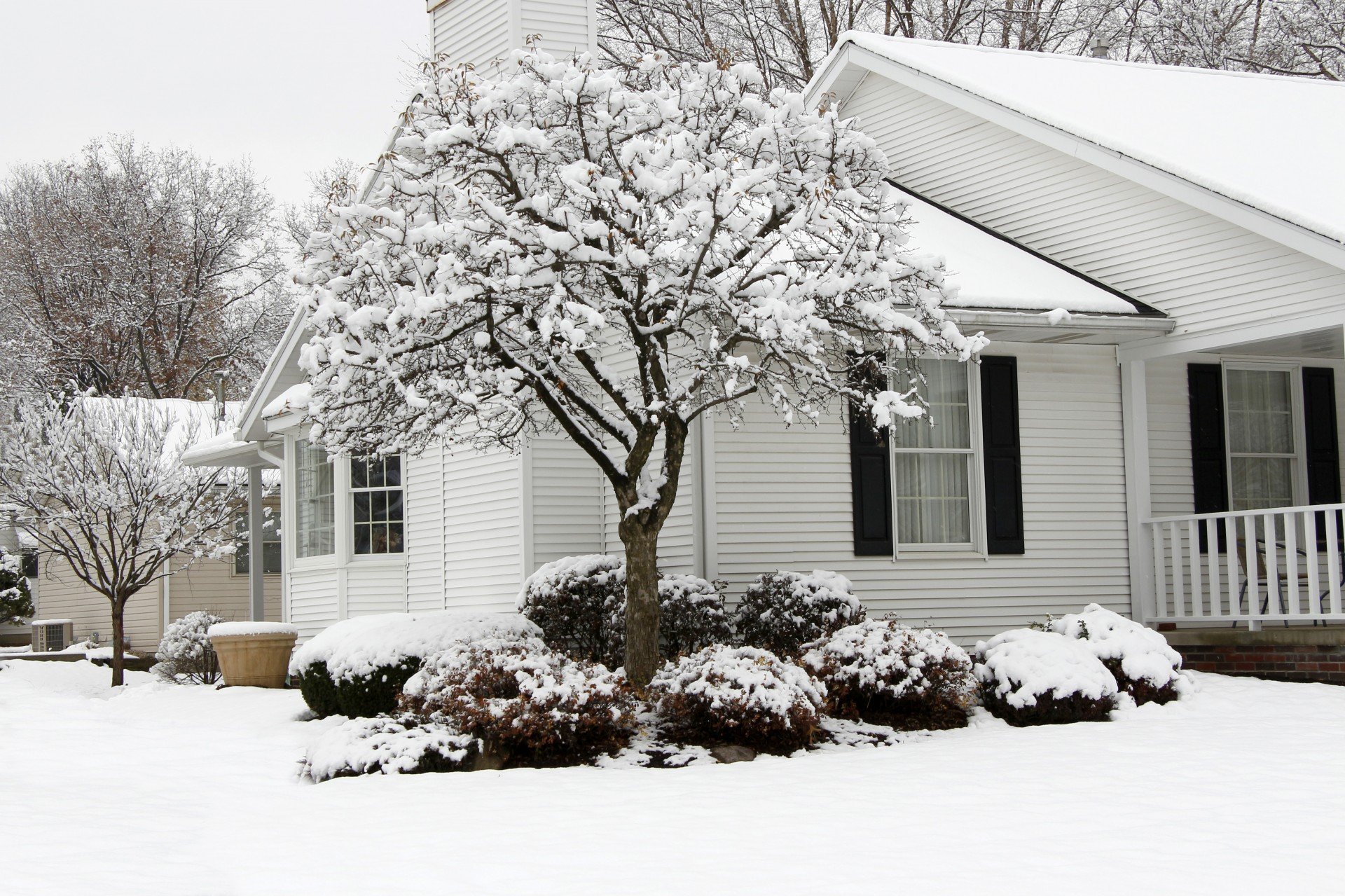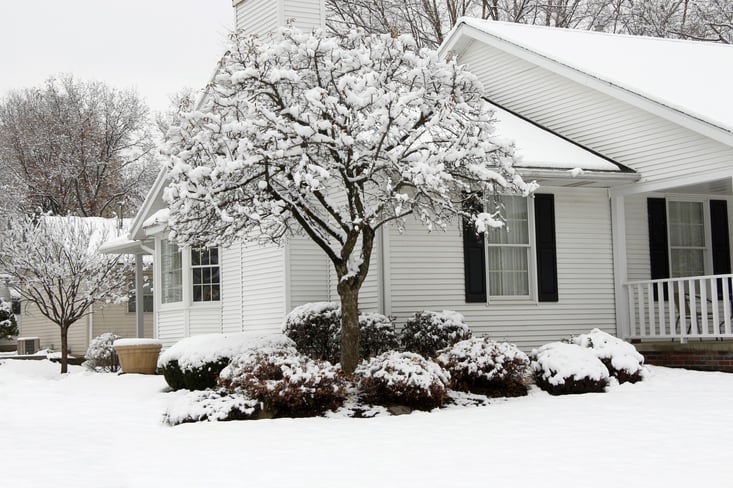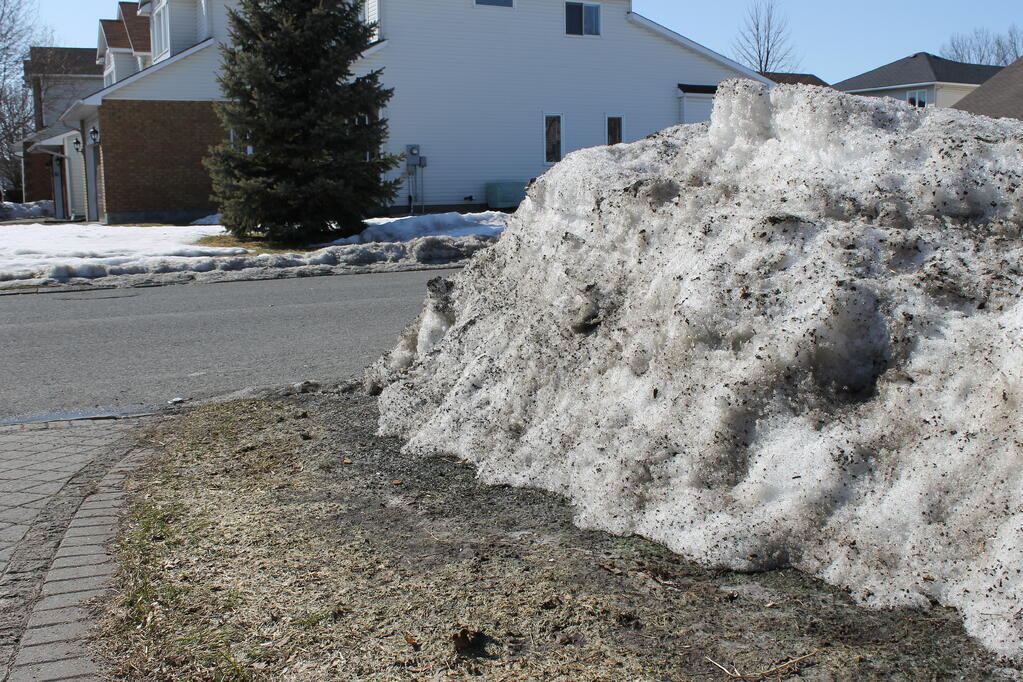1 min read

By: Shawn Karn, The Grass Expert on Dec 14, 2016 10:30:00 AM


Depending on what part of the country you live in, the amount of snow coverage and length of time your lawn is covered by snow can be significantly different, region by region. The majority of Canada with the exception of the coastal regions in British Columbia regularly experience consistent snowfall and snow coverage for the better part of 3 – 4 months (specifically December through March). With that being said, these areas can be faced with winter lawn damage that’s caused by snow coverage.
Generally speaking, when a lawn is covered with snow vs. not being covered during the harsh winter months it is usually regarded as a positive, considering the lasting effects other factors can have on a lawn. Consistent snow coverage acts similar to a blanket and helps insulate the grass plants and their roots from cold temperature extremes. Exposure to these temperature extremes, combined with wind, ice, and freeze/thaw conditions can be very damaging without snow coverage.
Although snow provides protection against low temperature kill, wind desiccation, ice damage, and crown hydration, conversely snow coverage can help contribute to the likes of snow mold disease, and vole damage. The same blanket effect that acts as a positive (insulating the lawn as mentioned earlier) can have a negative effect, providing optimal conditions for snow mold disease to transpire, and voles to tunnel their way across the lawn. Prolonged coverage directly contributes to both Pink and Grey Snow Mold Disease. The damage caused by snow mold is generally not considered severe, and often looks far worse than it really is. The lawn typically recovers on its own in the early Spring with minor renovation practices required only for the areas worst affected.
